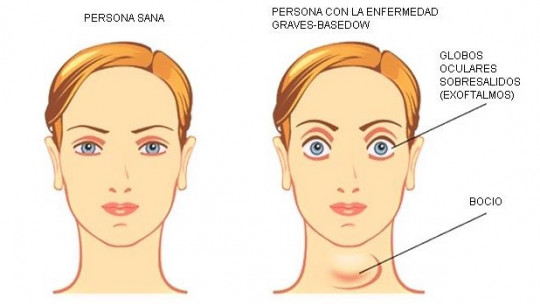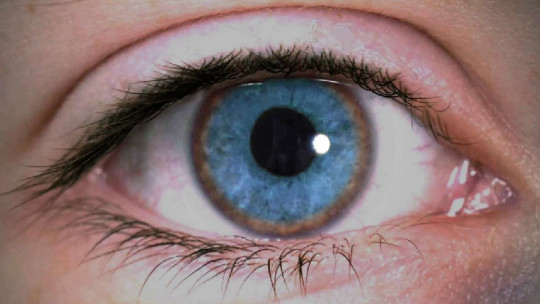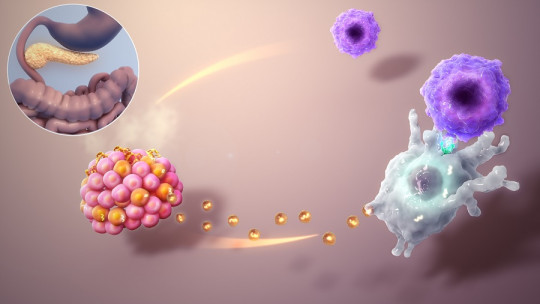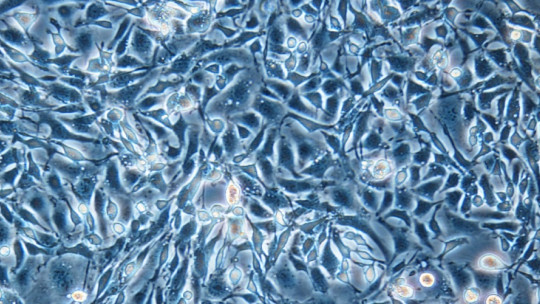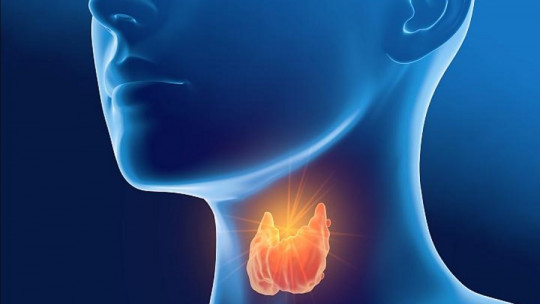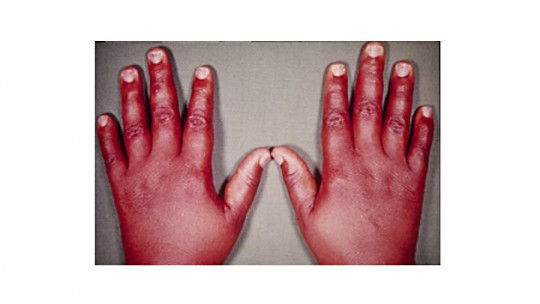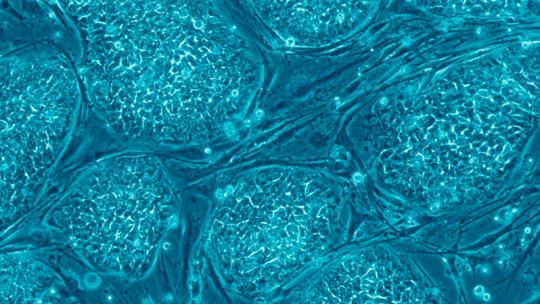Thyroid hormones are a substance produced by the thyroid glands. These hormones perform countless functions in our body, especially in metabolic processes, but they are especially known for their role in regulating energy and body temperature.
Although without its functioning our body would have a very difficult time surviving, Its overproduction can also lead to different physical diseases, one of them being Graves-Basedow disease Therefore, we will dedicate this article to talking about what Graves’ disease is and what its symptoms, causes and treatment are.
What is Graves-Basedow disease?
Graves’ disease, also known as Graves-Basedow disease, is a disease of the immune system that affects the thyroid, being the most common cause of hyperthyroidism. That is, the excessive and abnormal production of thyroid hormones.
Since these thyroid hormones have diverse roles in several different body systems, the symptoms of Graves’ disease can be very varied and significantly interfere with the person’s general health.
Among all these symptoms, The most well-known may be the development of an eye bump caused by Graves’ ophthalmopathy which usually causes serious eye problems in between 25 and 80% of affected people.
The specific causes of Graves-Basedow disease have not yet been clarified However, it is hypothesized that a combination of genetic and environmental factors causes this condition. Regardless of the cause, there is a treatment for this disease which may consist of radioactive iodine therapy, drug therapy or thyroid surgery.
According to studies, Graves’ disease appears seven times more frequently in women than in men, with a probability of occurrence of 0.5% in men and 3% in women. Usually, the first symptoms of this disease usually appear around 40 to 60 years of age, but the reality is that anyone can be affected by it.
What symptoms does it present?
As mentioned above, thyroid hormones play a fundamental role in any metabolic and functional process of our tissues, so any alteration in their production can lead to countless symptoms.
In the specific case of Graves’ disease, there is hyperactivation of the thyroid glands (hyperthyroidism), so the symptoms of the disease are related to the excessive production of thyroid hormones.
The main symptoms of Graves’ disease are:
Of all the above symptoms, Graves ophthalmopathy and Graves dermopathy are the most easily identifiable. We explain them below:
Graves’ ophthalmopathy
Although it does not have to occur in everyone, About 30% of cases of Graves’ disease show signs and symptoms of a condition called Graves’ ophthalmopathy This type of alteration is characterized by an alteration of the immune system that causes inflammation of the muscles and tissues surrounding the eyes. As a result, the person develops bulging eyes that are very characteristic of this disease.
In addition, this ocular alteration usually causes discomfort and symptoms related to vision. These include:
Graves’ dermatopathy
The second most visible and characteristic sign of Graves’ disease is a very rare dermal manifestation, called Graves’ dermopathy, which consists of redness and thickening of the skin; especially at the height of the shins or on the top of the foot.
Causes
Given its autoimmune nature, Graves’ disease is known to be caused by a failure in the functioning of the immune system However, the exact reason for this defect has not yet been determined.
In an immune system that functions correctly, a normal response is produced by producing antibodies to the appearance of a virus, bacteria or any pathogenic agent with the purpose of attacking. However, in Graves’ disease, for reasons that are not yet understood, the body produces antibodies to attack part of the thyroid gland cells.
These Graves’ disease-related antibodies, called thyrotropin receptor antibodies, act as a regulatory hormone for the pituitary gland. As a consequence, this antibody overrides the normal regulation of thyroid function, causing overproduction of thyroid hormones or hyperthyroidism.
Risk factor’s
Although it is not known exactly what triggers Graves’ disease, There are a series of risk factors associated with its appearance Risk factors for Graves’ disease include:
Is there a treatment?
The main objective of treatment for Graves’ disease is to inhibit the production of thyroid hormones and block the effect they have on the body. To do this, the patient can undergo the following treatments for Graves’ disease.
1. Radioactive iodine therapy
By administering radioactive iodine orally, a decrease in the size or shrinkage of the thyroid gland occurs, so the symptoms gradually decrease over several weeks or months.
2. Antithyroid drug therapy
Antithyroid drugs, such as propylthiouracil and methimazole, interfere with the functioning of the thyroid glands to decrease hormone production.
3. Beta-blocking drugs
Unlike antithyroid drugs, beta-blockers do not inhibit the production of thyroid hormones, but rather block the effect they have on the body. These drugs include:
4. Surgery
Thyroidectomy or subtotal thyroidectomy consists of partial or complete removal of the thyroid. After surgery, it is very likely that the person will need supplements to supply the body with the normal amounts of thyroid hormones needed.
5. Treatment of Graves’ ophthalmopathy
While people with mild eye problems can resort to using eye drops, artificial tears or lubricating gels, the following interventions or treatments are recommended for more severe cases of Graves’ ophthalmopathy:

